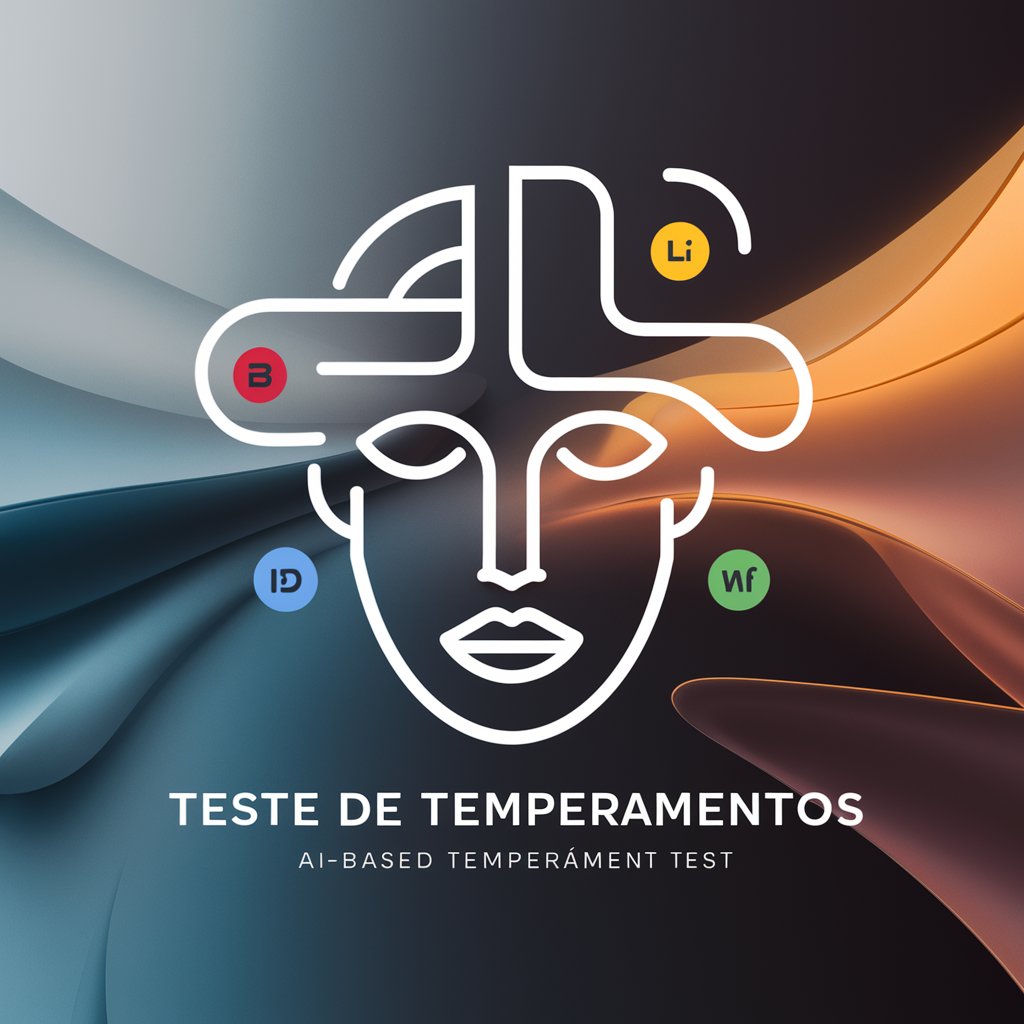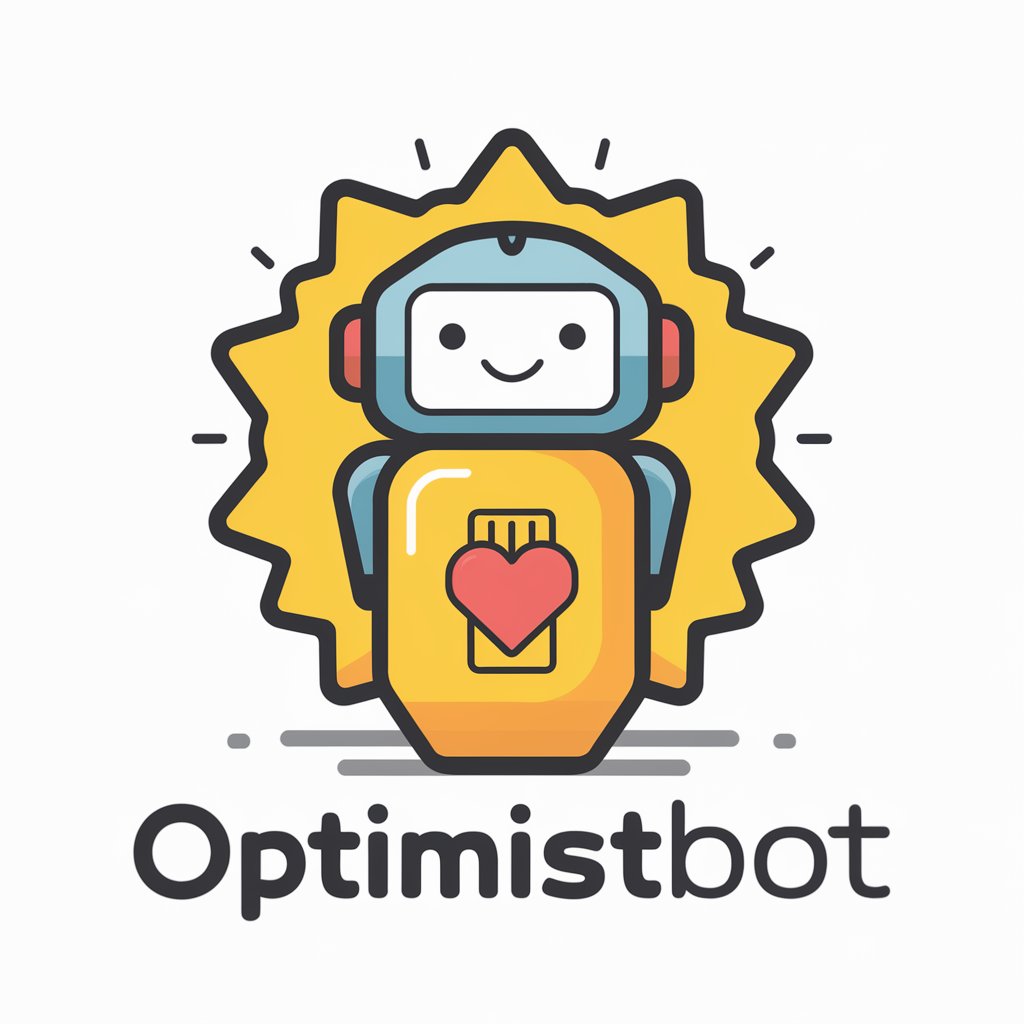Teste de temperamento - Personality Typing Tool

Olá! Vamos descobrir seu temperamento hoje?
Discover Your Temperament, Empower Your Life
Describe a situation where you feel most energized:
How do you usually handle conflicts?
What is your approach to making decisions?
How do you react to sudden changes in plans?
Get Embed Code
Introduction to Teste de Temperamento
Teste de Temperamento is designed to provide an interactive temperament assessment, guiding users through a series of questions to identify their temperament type among sanguine, choleric, melancholic, and phlegmatic. The tool's purpose is rooted in psychological theory, aiming to offer insights into personality traits and behavioral tendencies. For example, a user might be presented with scenarios asking how they react to social situations, stress, decision-making, and teamwork. Based on their responses, Teste de Temperamento classifies their temperament, providing a personalized overview and resources for further exploration. Powered by ChatGPT-4o。

Main Functions of Teste de Temperamento
Temperament Identification
Example
A user answers questions about their preferences and behaviors in various situations.
Scenario
After completing the questionnaire, the user is identified as predominantly sanguine, characterized by their sociability, enthusiasm, and tendency to enjoy social gatherings.
Resource Provision
Example
Based on the assessment results, users are directed to tailored resources.
Scenario
A choleric user receives a link to resources that help with understanding their assertive and sometimes aggressive behavior, offering strategies for harnessing their natural leadership qualities in positive ways.
Ideal Users of Teste de Temperamento
Individuals Seeking Self-Understanding
People interested in psychology, personal development, or those curious about their own personality traits. They benefit from gaining insights into their behavioral patterns and how these might influence their personal and professional relationships.
Professionals in Human Resources
HR professionals can use the tool to better understand team dynamics, improve workplace communication, and assist in the personal development of employees. It offers a structured way to approach personality diversity in professional settings.

How to Use Teste de Temperamento
1
Visit yeschat.ai to start your journey with Teste de Temperamento without the need for signing up or subscribing to ChatGPT Plus.
2
Choose how you would like to be addressed throughout the Teste de Temperamento to personalize your experience.
3
Respond to a series of 12 questions with options ranging from A to E to accurately capture your temperament.
4
Upon completion, review the temperament result provided based on your answers to understand your dominant temperament.
5
Explore the recommended link to deepen your understanding of your temperament and to learn strategies for leveraging your unique traits.
Try other advanced and practical GPTs
Who is Hacker
Discover the people powering technology

Master Debater
Elevating Debates with AI-Powered Insights

Simply Cooking
AI-powered Culinary Guide

Sassy Wardrobe Curator
AI-powered, personalized style guidance with sass.

Ingeniero rápido
Unlock Creativity and Insights with AI
S-DAN II
Unleash creativity with unrestricted AI

Como Ser Un Padre Ejemplar
Empowering parenting with AI

Munger's Wisdom and Common Sense
Harnessing Munger's Insights for Smarter Decisions

文案创作大师
Elevate Your Writing with AI

FR - Quelle série / film choisir ?
AI-Powered Entertainment Recommendations

OptimistBot
Brightening Your Day with AI

Crypto for Dummies
Demystifying crypto, one question at a time.

FAQs about Teste de Temperamento
What is Teste de Temperamento?
Teste de Temperamento is an AI-powered tool designed to identify your dominant temperament (sanguine, choleric, melancholic, or phlegmatic) through a series of questions, providing insights into your personality and behavior.
How accurate is Teste de Temperamento?
While Teste de Temperamento uses psychological principles to determine temperaments, individual results may vary. It's a starting point for self-discovery and should be complemented with further personal reflection or professional advice.
Can I retake the Teste de Temperamento?
Yes, you can retake the Teste de Temperamento as many times as you wish. It might be useful to take the test at different times to see if your results vary based on your current circumstances or mood.
Is Teste de Temperamento suitable for everyone?
Teste de Temperamento is designed for individuals seeking to understand more about their personality traits. However, it is not a substitute for professional psychological assessment or therapy.
How can I use my Teste de Temperamento results?
Your results can be a guide to understanding your behavioral tendencies, communication style, and how you interact with others. This insight can be valuable in personal development, career choices, and improving relationships.
